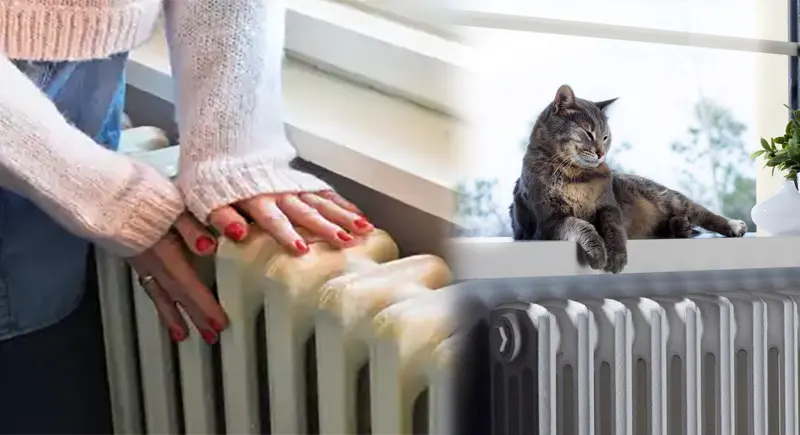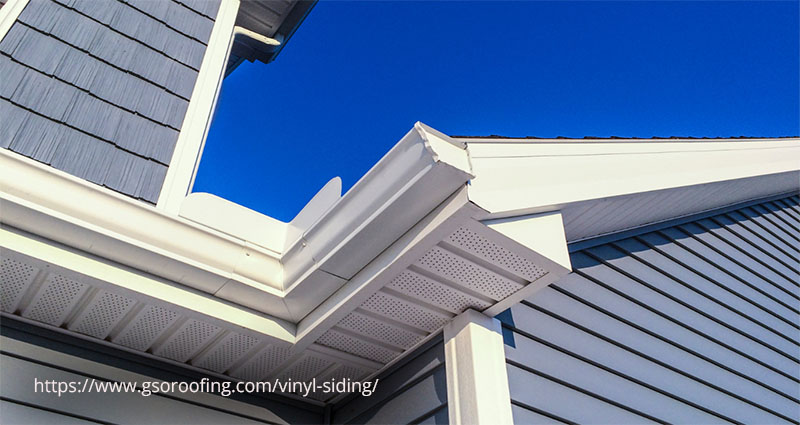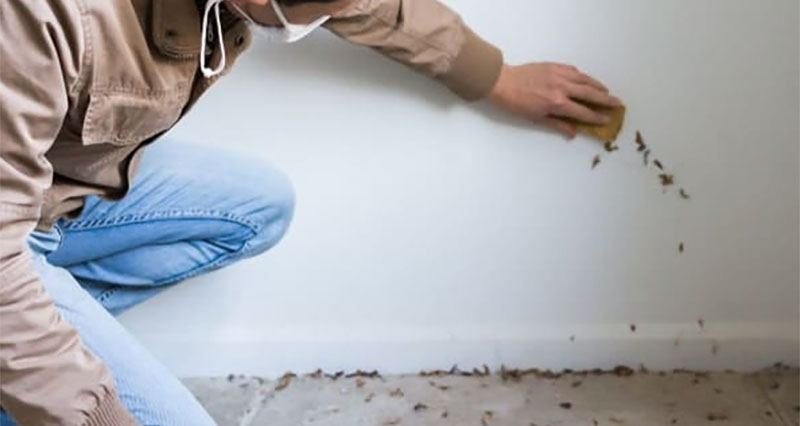Transforming Your Outdoor Space: A Guide to Sustainable Landscaping Practices
Sustainable landscaping goes beyond superficial beauty, channeling efforts toward creating an environment that conserves resources and supports local ecosystems. It is an approach that balances aesthetics with ecological integrity. This comprehensive guide not only delineates the steps needed to amplify the sustainability of your outdoor spaces but also serves as a call to action. It underscores how companies, including those offering commercial landscape services, can be leaders in fostering eco-friendly practices. Embracing sustainable landscaping can engender a connection with the natural world that is both enriching and inspirational.
Key Takeaways:
- Embracing eco-friendly landscaping can lead to significant environmental and resource conservation benefits.
- Implementing strategic water conservation and organic gardening techniques can enhance the vitality of garden ecosystems.
- Integrating renewable energy and maintenance practices is critical in establishing a durable and sustainable landscape.
Table of Contents:
- Understanding Sustainable Landscaping
- Planning Your Eco-Friendly Garden
- Water Conservation Strategies in Landscaping
- Organic Gardening: Benefiting















